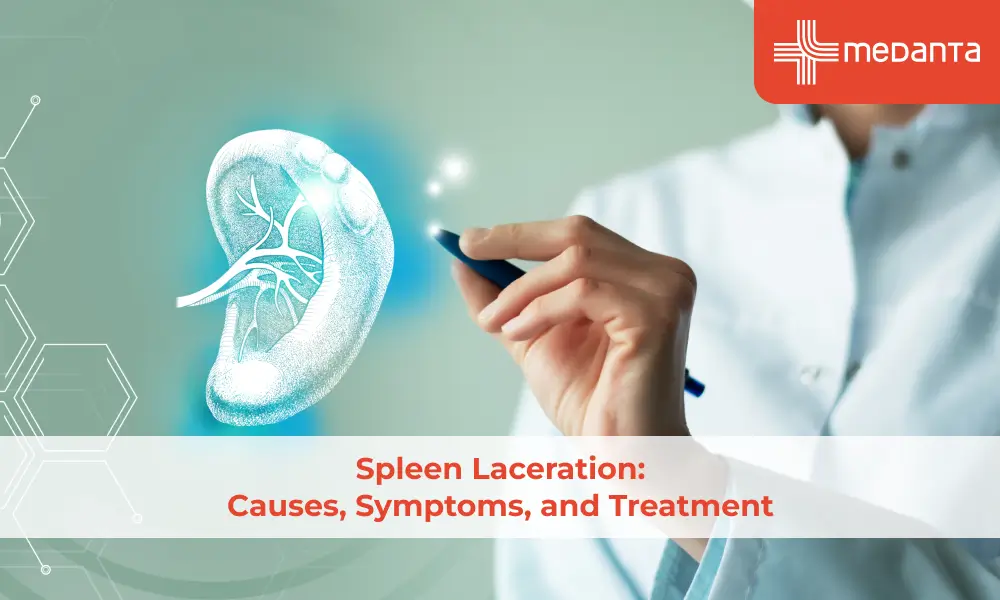Allergy Emergency 101: Preparing for and Handling Allergic Reactions

Did you know that allergies impact more than 20% of the global population? That's a substantial number of individuals susceptible to potentially dangerous allergic reactions. Could you prevent one of those fatalities with the right knowledge?
While many allergies are manageable, some can trigger severe reactions that require immediate attention. In this blog, we will delve into the world of allergies, covering everything from understanding allergic reactions to preparing for and managing them effectively.
Understanding Allergic Reactions
What is an Allergic Reaction?
An allergic reaction occurs when the immune system detects an otherwise harmless substance, called an allergen, as a potential threat. This triggers the immune system to release chemical compounds like histamine that result in allergic symptoms.
Allergies can vary in severity, and the symptoms differ based on both the allergen involved and the individual's sensitivity to it.
Common Allergens and Allergy Types
Various environments harbor allergens, including the outdoors, indoors, and even the food we consume. Common allergens include pollen, dust mites, pet dander, specific foods, insect stings, and medications. There are different allergy types according to their triggers and symptoms.
Respiratory allergies, like hay fever, results in sneezing, congestion, and itchy eyes. Skin allergies, such as eczema, induce itching and redness. Food and insect allergies can manifest in a range of symptoms including mild hives to life-threatening anaphylaxis.
Recognizing the Signs of an Allergic Reaction
Mild vs. Severe Reactions
Differentiating between mild and severe allergic reactions is crucial. Mild reactions often present with symptoms such as sneezing, a runny nose, itchy skin, and watery eyes. While uncomfortable, these symptoms are generally not life-threatening.
On the other hand, severe reactions require immediate medical attention and are known as anaphylaxis. Symptoms of anaphylaxis may include difficulty breathing, a rapid drop in blood pressure, severe hives, swelling of the face and throat, and gastrointestinal distress.
Anaphylaxis: The Most Severe Allergic Reaction
Anaphylaxis, a severe allergic reaction, poses a rapid and life-threatening risk if left untreated. This condition occurs when the body releases an excessive amount of histamine and other chemicals in response to an allergen.
The consequences of anaphylaxis include a sudden drop in blood pressure, constriction of airways, and shock. Common triggers for this condition include foods like peanuts and shellfish, insect bites, and medications such as penicillin.
Allergy Tests and Diagnosis
Consulting an Allergist
If an individual suspects having allergies, it is crucial to seek guidance from an allergist. These specialised healthcare professionals conduct thorough assessments aimed at identifying the specific allergens responsible for your symptoms. They consider your medical history, perform physical examinations, and recommend appropriate allergy tests.
Types of Allergy Tests
Allergists employ various diagnostic methods to identify allergies. One such method is the skin prick test, which involves applying a small amount of allergen extract onto the skin and then puncturing its surface. By observing the resulting reaction, allergists can determine potential allergens.
Allergy Treatment
Allergy Medications
Allergy medications play a vital role in allergy treatment as they can effectively alleviate various allergic reactions.
Antihistamines block the effects of histamine, providing relief from itching, sneezing, and a runny nose, while decongestants help reduce nasal congestion, and corticosteroids work to reduce inflammation.
In cases of severe allergic reactions or anaphylaxis, epinephrine (adrenaline) is administered through an auto-injector for allergy treatment. It rapidly counteracts anaphylaxis symptoms by dilating airways, increasing blood pressure, and reducing swelling.
Emergency Action Plans
If you have a tendency to experience severe allergic reactions, it is of utmost importance to establish a comprehensive emergency action plan. Work with your allergist to develop a detailed plan that outlines the necessary steps in the event of an allergic reaction.
This plan should encompass clear instructions on how to administer epinephrine when it is appropriate to contact emergency services and provide essential contact information for emergency contacts.
Ensure that this emergency action plan is shared with family members, friends, and school so they are well-informed and can provide assistance promptly during an emergency.
Prevention and Preparedness
Minimising Exposure to Allergens
Preventing allergic reactions involves minimising exposure to allergens. If you have respiratory allergies, keep windows closed during peak pollen seasons and use air purifiers indoors. Regular cleaning can reduce dust mites and pet dander.
Those with food allergies should diligently read labels and avoid cross-contamination when preparing meals.
Discouraging use of irritants such as perfumes, agarbatti, etc in respiratory allergy.
Reading Labels and Identifying Hidden Allergens
When dealing with allergies, carefully checking food labels for allergens is a habit that should be necessarily enforced. Additionally, be aware of hidden allergens in cosmetics, medications, and even unexpected sources like certain craft supplies or household products.
Educating Others
Raising Awareness
Raising awareness about allergies is essential for promoting understanding and empathy. Dispel misconceptions and educate others about the seriousness of allergies, particularly anaphylaxis. Spreading accurate information can help create safer environments for individuals with allergies.
Supporting Individuals with Allergies
The support of friends, family, and co-workers can significantly impact the lives of individuals who are allergic. Encourage inclusive practices by respecting dietary restrictions, understanding potential triggers, and being prepared to assist in case of an emergency.
Conclusion
Allergic reactions are a reality for many individuals, and being prepared can make a life-saving difference. Understanding the allergy types, recognizing the signs of severe reactions like anaphylaxis, and having an actionable plan is essential. Educating ourselves and others can create a safer and more inclusive environment for everyone, ensuring that allergies don't hinder anyone's quality of life.






